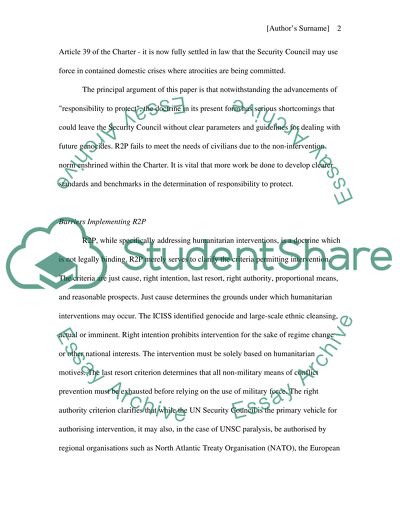Cite this document
(“Responsibility to Protect and Obstacles in Its Implementations Essay”, n.d.)
Retrieved from https://studentshare.org/law/1440554-what-obstacles-stand-in-the-way-of-effective
Retrieved from https://studentshare.org/law/1440554-what-obstacles-stand-in-the-way-of-effective
(Responsibility to Protect and Obstacles in Its Implementations Essay)
https://studentshare.org/law/1440554-what-obstacles-stand-in-the-way-of-effective.
https://studentshare.org/law/1440554-what-obstacles-stand-in-the-way-of-effective.
“Responsibility to Protect and Obstacles in Its Implementations Essay”, n.d. https://studentshare.org/law/1440554-what-obstacles-stand-in-the-way-of-effective.


